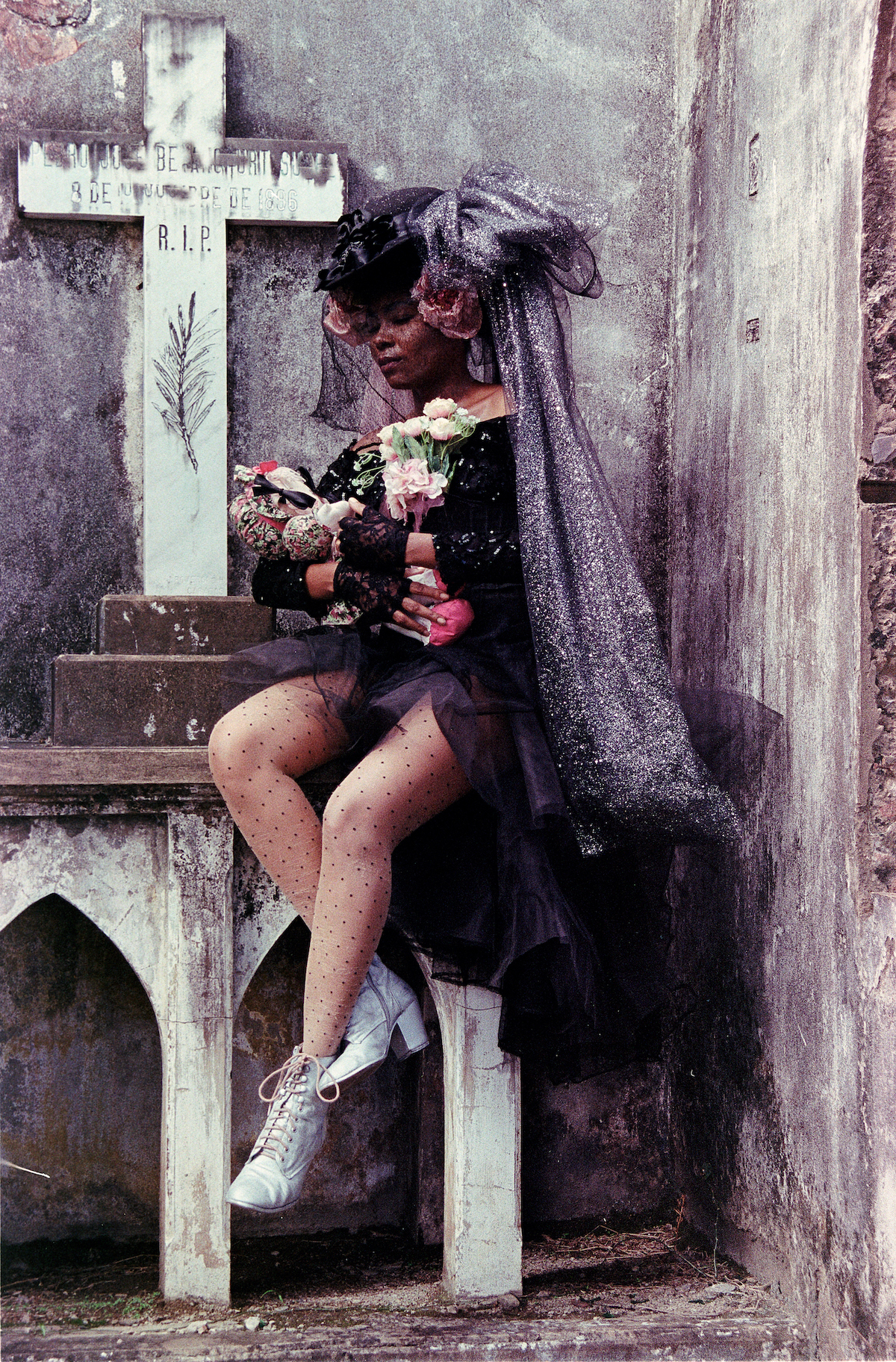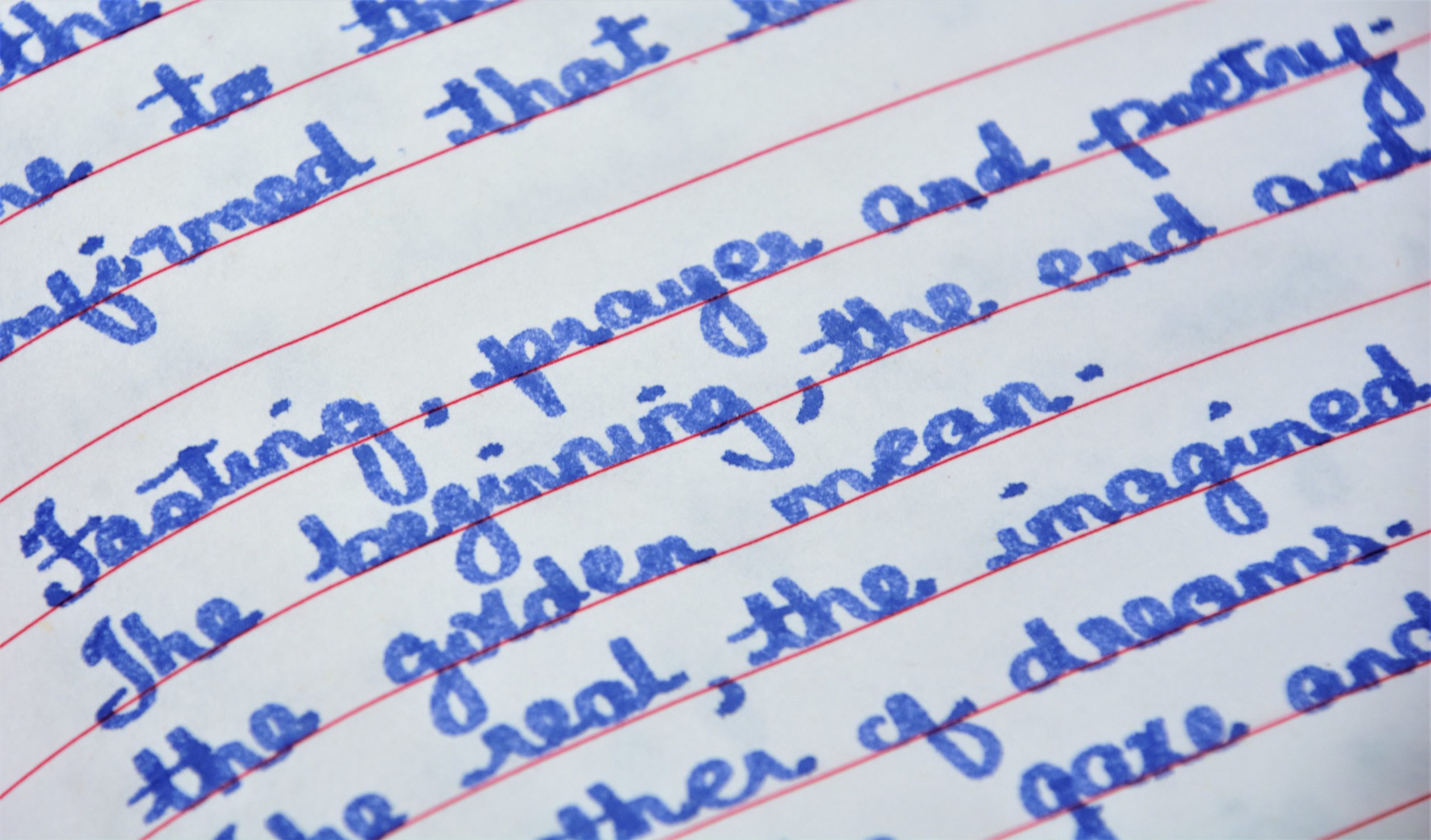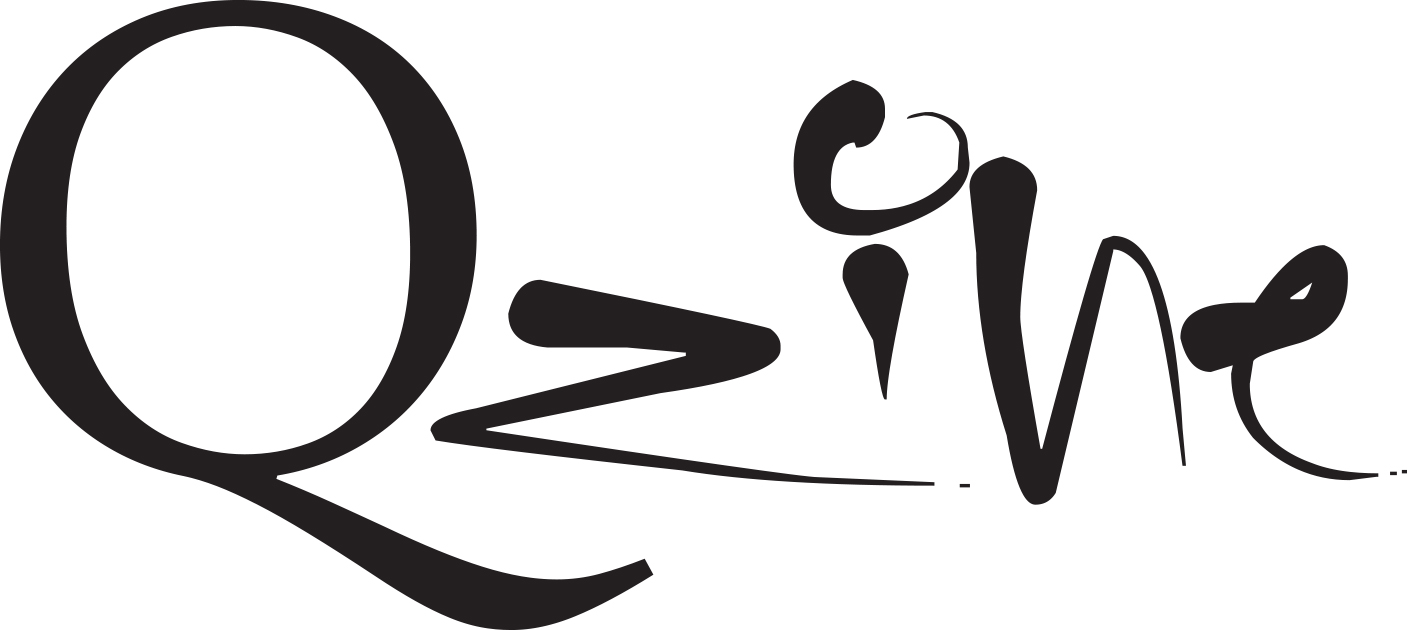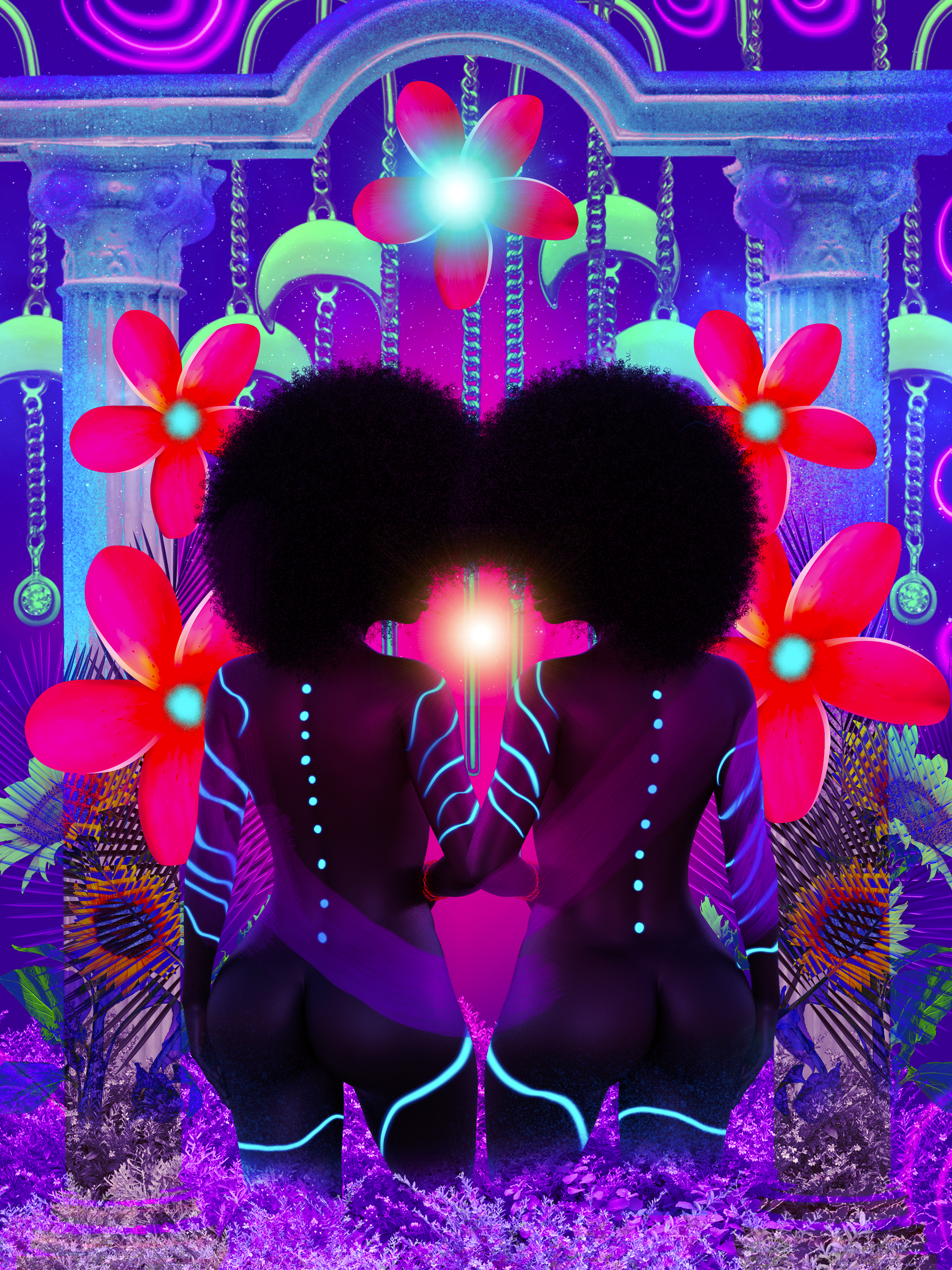Dolly Ma Brigitta: Queer babydoll mythography in Trinidad and Tobago carnival
by Amanda T. McIntyre
Photos by Kwame Boatswain, Kelly-Ann Bobb and Cynthia Betancourt

This is a love story and centuries old grief.
I am a Black, queer femme Caribbean woman navigating the challenges of working in the traditionally male dominated and traditionally heteronormative arena of Carnival and therefore I contrive for my performances to have clear queer feminist solidarity in work that subverts the continued systemic oppression of marginalized populations in the Caribbean. I have been working in Trinidad and Tobago’s Carnival for just over 10 years, beginning in 2011. In these years, I utilized the Baby Doll masquerade for my art practice, creating narratives that explore communal and individual memories, myths, folklore, oral histories and new narratives. The Baby Doll is a traditional Carnival masquerade in which the performer carries a doll child and identifies male spectators as being the father of the child while scandalously demanding financial support. In the late 19th and early 20th centuries this masquerade was performed mainly by men in parody performances meant to ridicule single mothers for having children outside of marriage and for not knowing the paternity of their children. In 2020, I created the Dolly Ma persona as an embodiment of my work in advocacy and activism. In 2021, I split the performance to accommodate two characters, Dolly Ma and Dolly Ma Brigitta. With these two, I use the plural Dolly Mas or Dolly Mas to describe the work. In this essay, I will discuss Dolly Ma Brigitta (2021).
Dolly Ma Brigitta is a cross-temporal masquerade performed through photography, film, and theatre. The timeline begins with Brigette Delamar and Cynthia Betancourt in late 19th century Trinidad experimenting with Vodou in the Lapeyrouse cemetery. In one of their attempts, they summon the goddess Maman Brigitte (a lwa who operates as an intermediary between the living and the dead and, the guardian of cemeteries) who opens a portal and guides them through it and allows them passage to other periods, operating mainly between the 19th, 20th and 21st centuries. Several times in these travels they are separated. They experience spatial and temporal displacement when relocated in other places and times. The experience of the portal is described sometimes as sailing in the ocean, falling overboard, swimming against the tide, drowning and washing up on another shore to live another life. At other times it is like climbing to the top of a tree and being lifted up and away by a great wind then dropping violently then floating gently like a feather to the ground. A complication of passage through the portal is that there is uncertainty of the physical form of the traveller emerging on the other side. The passage changes the traveller. On the other side, the traveller may be a different gender. Dolly Ma may be a jumbie bird, a black rooster, she may be a woman, a man, a young person, an old person, a doll. In this work, gender is not related to physicality but is instead treated as an embodied performance, in solidarity with transgender politics.

This story is about the journey of a woman across time and space as she searches for her lost lover. In their travels, they sometimes meet. In one location, a child is created from the union. The doll child is a shape-shifting entity; a familiar spirit and a critical item in Dolly Ma Brigitta’s Vodou. My exploration of Vodou was inspired by my mentor and friend Allan Vaughan who has for years represented Vodou lwas through a utilization of the Moko Jumbie masquerade. He has designed costumes and performances of Baron Samedi, Mama Brigitte, Baron Cemitere and Baron LaKwa for his band Moko Somokow. This prize winning and critically acclaimed work greatly influenced me in 2020 when Alan invited me to perform with Moko Somokow.


This concept builds on my For Cynthia reading installation and photography series in 2017 that was shown at the inaugural Pride Arts Festival in Trinidad and Tobago. It comprised a reading table, stool, suitcase, and a handwritten journal with roses that dried as the exhibition time passed. Patrons were invited to sit at the table and read my journal. The For Cynthia photographs were ephemera from a romantic relationship between two women. It addresses how such a relationship is affected by distance and how love changes over time. I repurposed and extended the For Cynthia concept for the Dolly Ma Brigitta work. Cynthia is Dolly Ma’s left behind lover who had taken the photographs. Brigette Delamar/ Dolly Ma Briggita is searching for Cynthia. This is a love story and centuries old grief. Dolly Ma Brigitta is a Black femme queer feminist intervention that reflects on the Caribbean’s past, comments on its present socio-political conflicts, and imagines Caribbean futures focusing on the possibilities of Carnival as a platform for social intervention and social justice. The story is unambigously queer and in conversation with the work of other artists. In 2021, I invited Nyugen Smith for the first collaboration. We are working on a traditional Mas film installation that intersects feminist and diasporic themes to advocate for refugees, migrants and asylum seekers in an artful illustration of possible meanings of separation, home and citizenship. It is the working through of aestehtic subjecthood in performances that engage an inter-generational Caribbean feminist ethos that began formalising into a social movement in the 1980s and in which I now contribute as an advocate and activist. And in which Dolly Ma and Dolly Ma Brigitta also participate. In 2021, Dolly Ma Brigitta joined the Women’s March that took place on Carnival Monday in a performance entitled Monday Mourning: Cortege. Then later that day danced at Once Upon A Fete, an exhibition by Bruce Cayonne.
This performance challenges the construct of the traditional masquerade and offers suggestions for its development, with consideration of contemporary socio-political movements in the Caribbean. It was important for me to resolve two conflicts I found in the traditional masquerade, the begging for money and the search for a man. Dolly Ma is not looking for a father for the child but for her partner who may be presented as a man, a woman or a spirit. This mas explores fluidity of gender, sex and sexuality. Additionally, it works through the complexities of the possible meaning of home, displacement, embodiment and dislocation. I wanted a persona who was triumphant, a vindication through mas, not just for myself but for women everywhere and in all times. The traditional masquerade is a problematic heteronormative construct that relies on stereotypes of Black family life. The father’s abandonment and disinterest in taking care of the child that he has to be shamed publicly. To resolve these conflicts in my concept, I suspended the idea of the father, decentering the male focus of the traditional performance of the masquerade and constructing a queer relationship that includes gender transitions and secure family life. The work addresses the psycho-social problems in the traditional performance that have been to a large extent unchallenged or uncritically reflected.

The work also engages nuanced public and private discourses on gender, sex and sexuality in the Caribbean.
This work confronts static images of Black women in Victorian and Edwardian Caribbean ephemera and challenges this stasis with a complex story that is not limited by or to the social restrictions of those periods and that is captured by multiple photographic and cinematographic lenses. The work also engages nuanced public and private discourses on gender, sex and sexuality in the Caribbean. In this work, the global diaspora discourses as well as the phenomena of migrations and displacement are used to develop themes and discussions of geo-political movement. This is illustrated in the resourceful partnership between Brigette Delamar and Cynthia Betancourt that survives distance and changing times, that produces a child and supports a family and challenges erasure. It is also the development of an original narrative and the placement of aesthetic codes within photography and film installations shared in-person and through virtual platforms.


